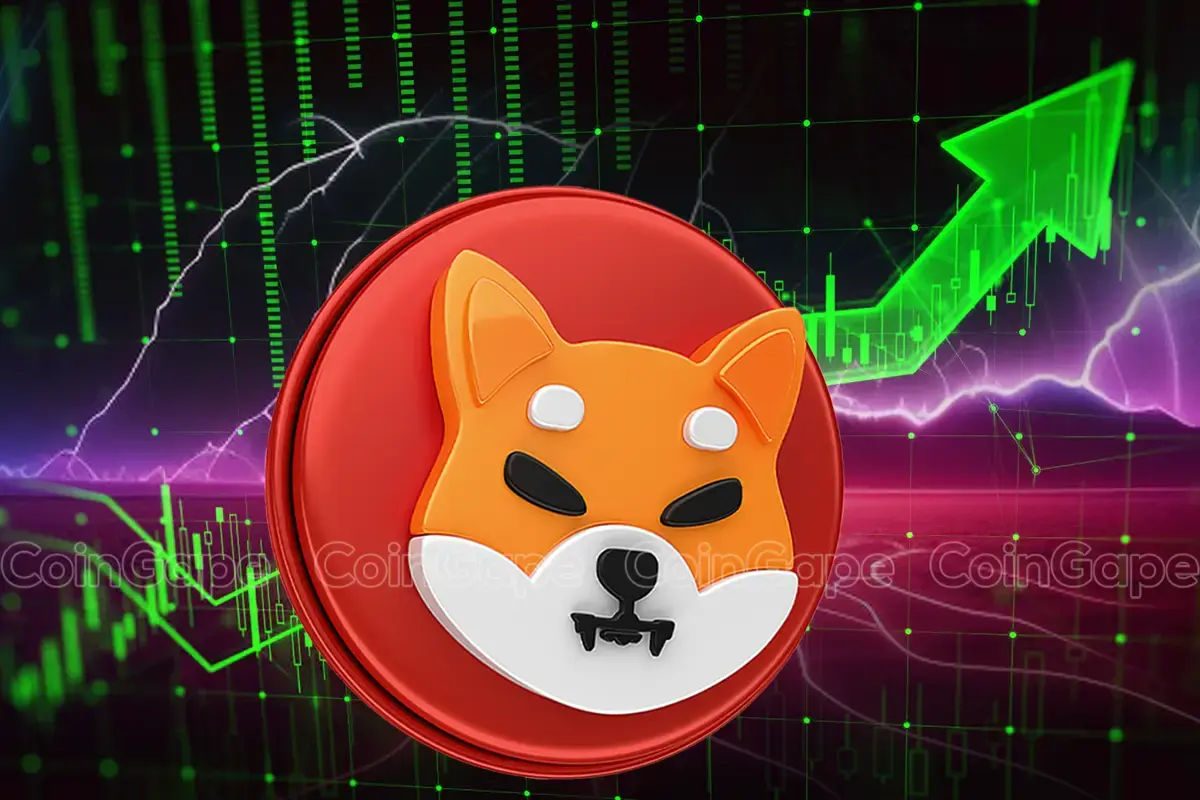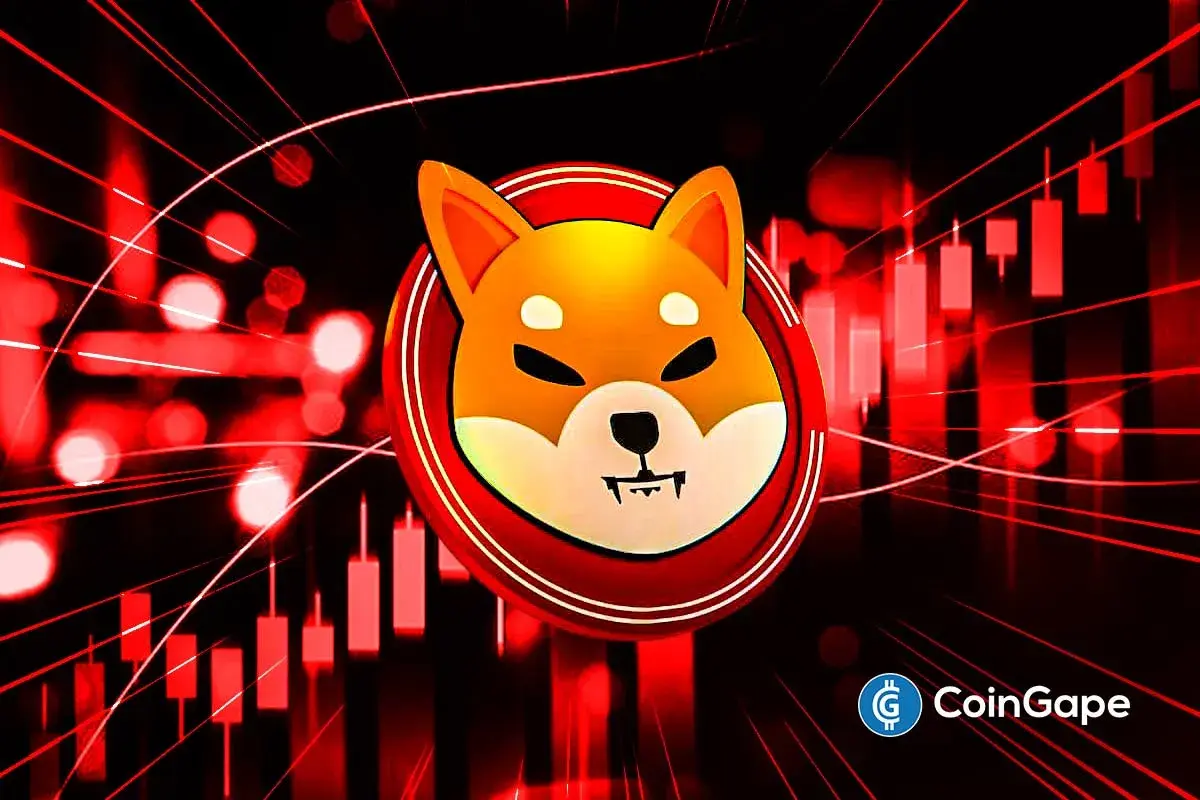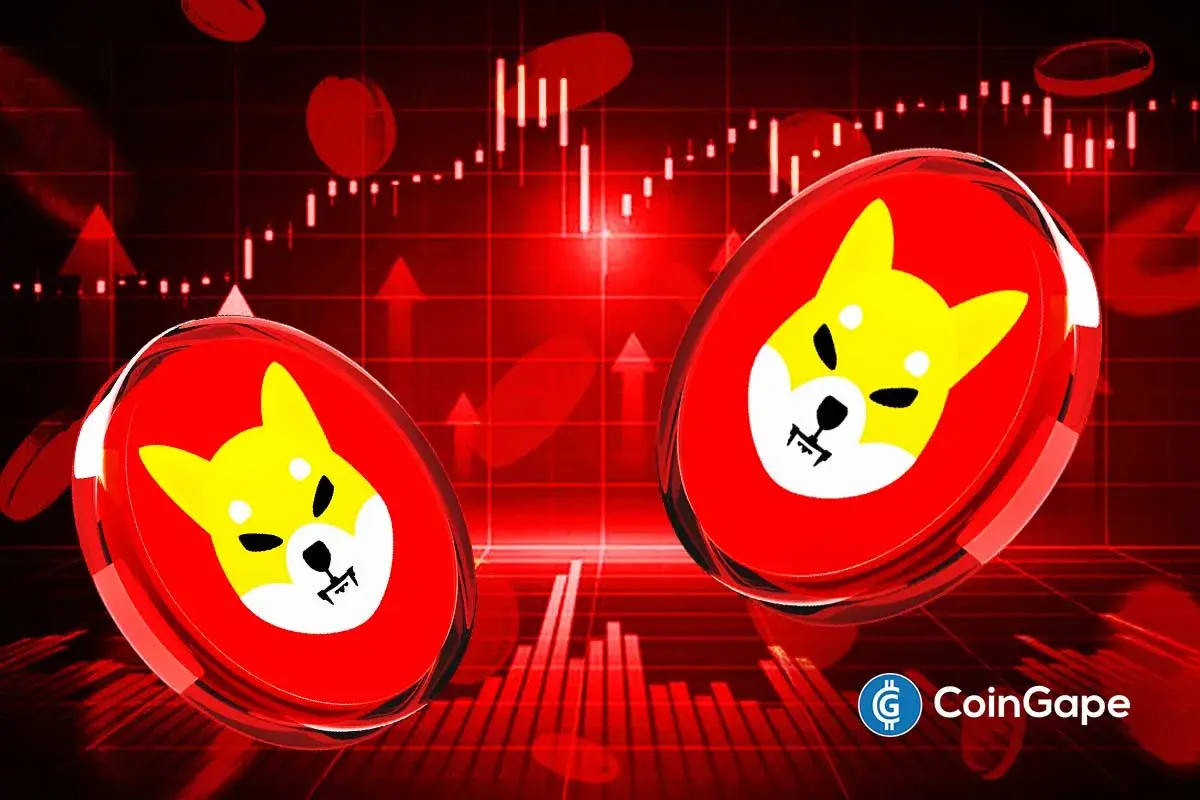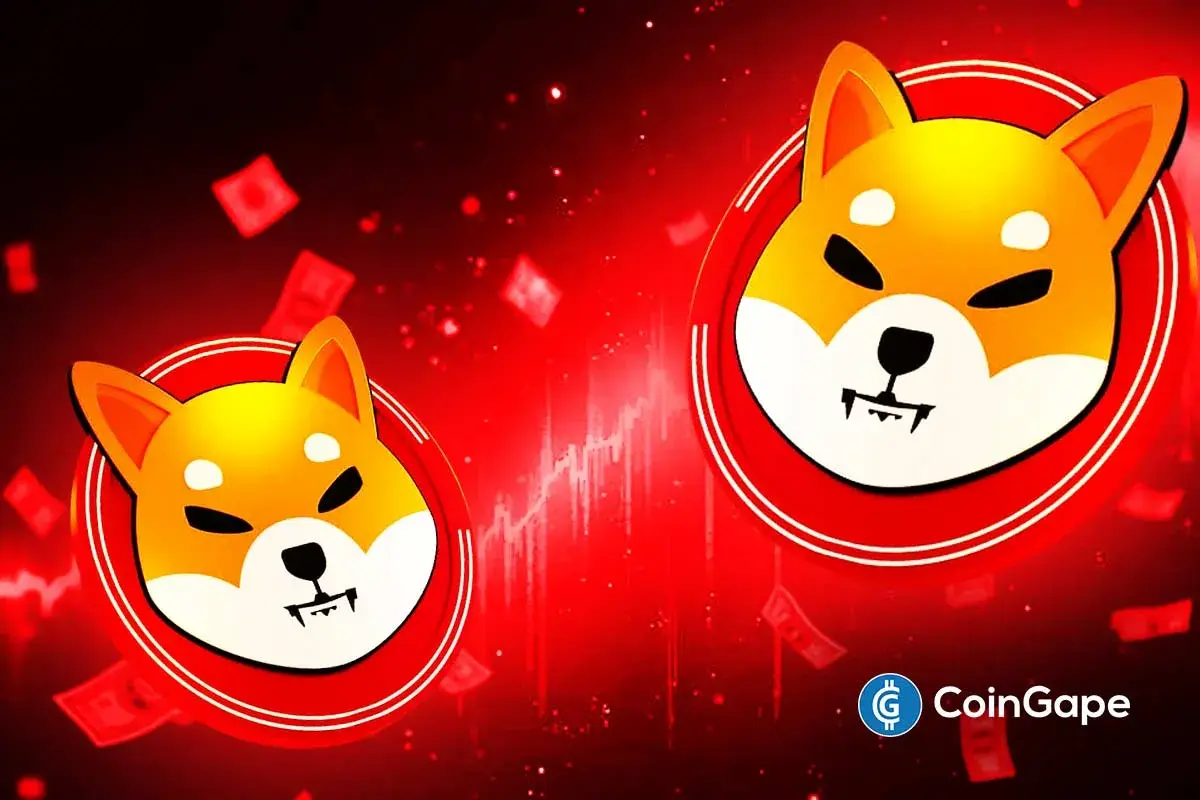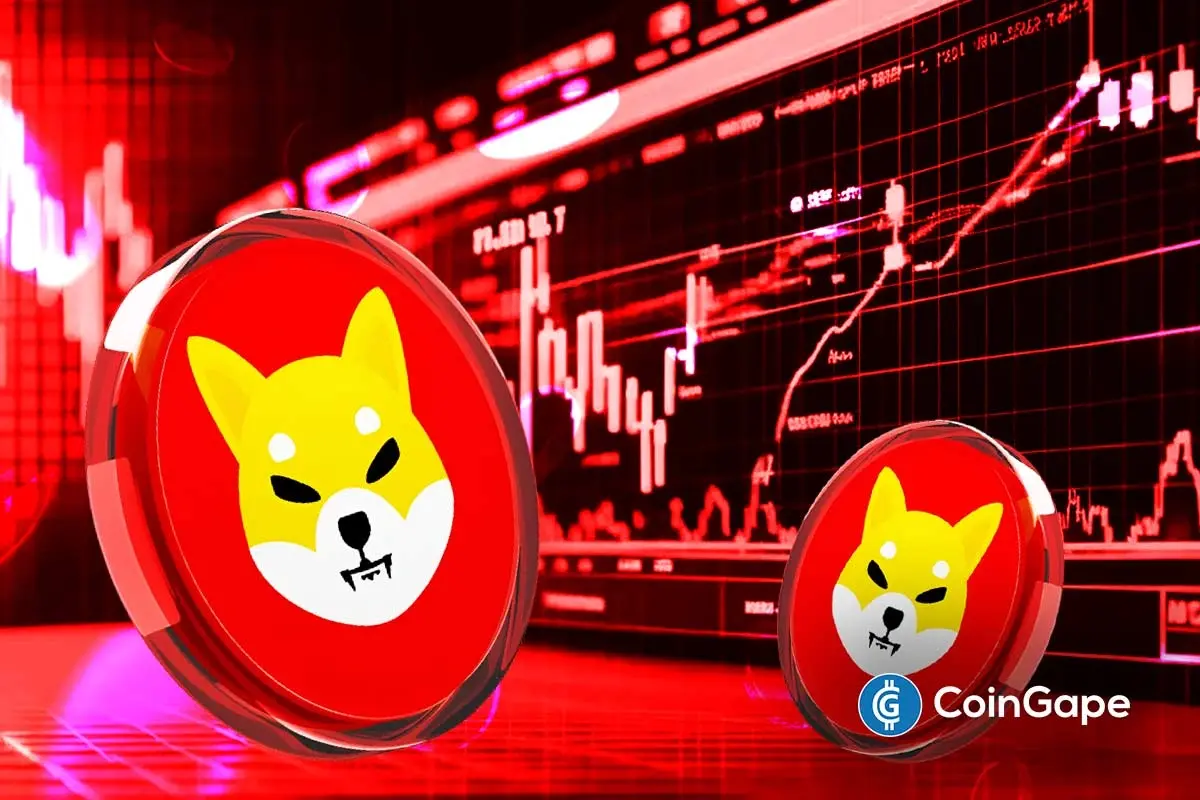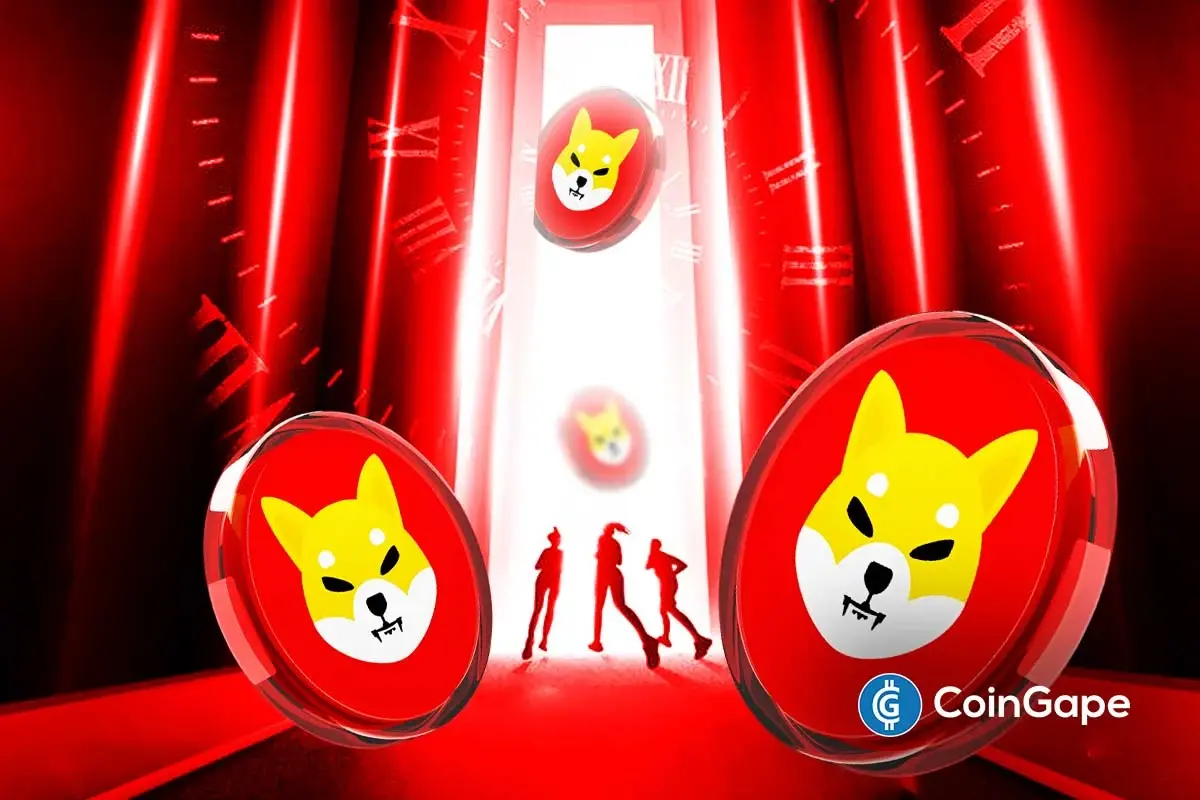Will Shiba Inu Price Recover After the Crypto Crash As Burn Rate Soars 8,194%?
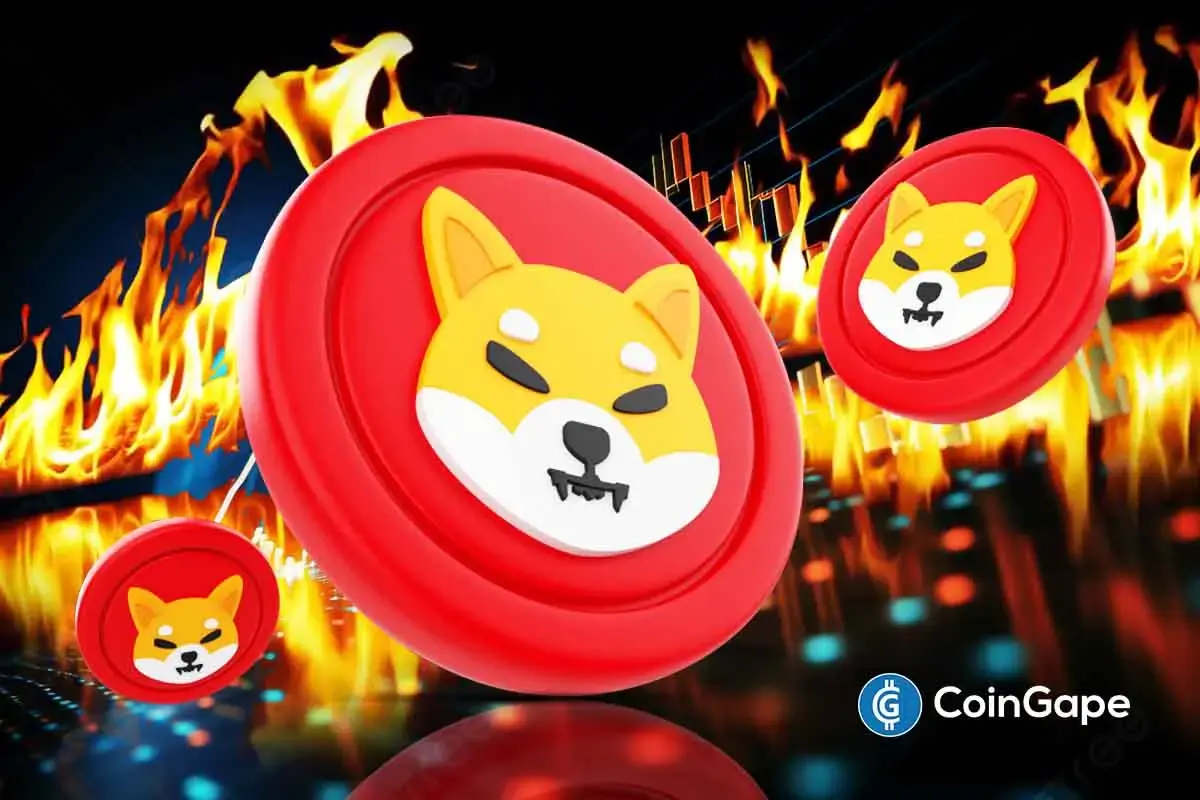
Highlights
- Shiba Inu price rebounds after retesting the $0.00000944–$0.00001000 demand zone.
- Burn rate jumps 8,194% in 24 hours as investor confidence strengthens.
- Around $3.91 million in SHIB outflows suggest rising accumulation and reduced selling pressure.
The Shiba Inu price has bounced sharply after mirroring last week’s market crash. Following a brief breakdown below a key chart structure, SHIB recovered from a critical demand zone, signaling renewed buying strength. The rebound coincides with an unexpected surge in token burns and deepening exchange outflows, both suggesting rising investor conviction.
Shiba Inu Price Action: Demand Zone Defense Sparks 120% Upside Setup
The SHIB price mirrored the broader market crash triggered by Trump’s tariff announcement, breaking below its symmetrical triangle on October 10.
Buyers quickly stepped in around the $0.00000944–$0.00001000 demand zone, where SHIB regained traction. The token rebounded strongly, confirming renewed confidence from long-term holders. The current SHIB market price trades at $0.00001087, showing an 8.02% daily gain.
Key resistance levels stand at $0.00001484, $0.00001692, $0.00002028, and $0.00002364 — representing about 120% upside from current levels. A breakout above $0.00001316 could validate bullish continuation toward these Fibonacci targets.
This technical setup aligns with the long-term Shiba Inu price prediction, suggesting that sustained demand may drive a broader recovery phase across the coming weeks.
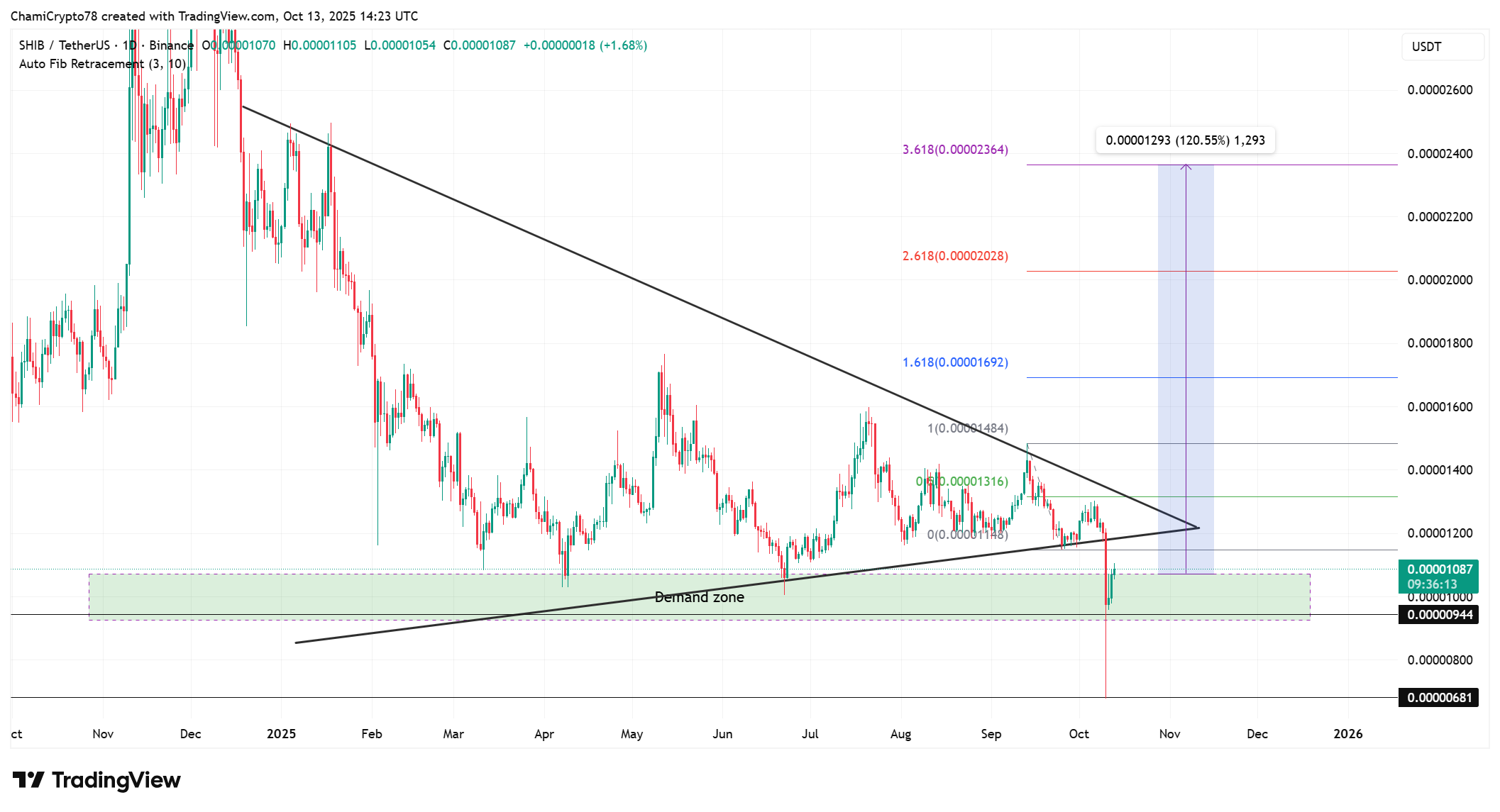
Burn Activity Soars as Outflows Reinforce Bullish Confidence
Over the past 24 hours, the Shibburn report shows that 5.7 million SHIB tokens were destroyed, marking an 8,194% spike in the burn rate. This huge rise in token destruction shows growing activity and interest across the SHIB network.
The higher burn rate reduces supply pressure and creates a foundation for future price growth. Meanwhile, CoinGlass revealed $3.91 million in net outflows on October 13, confirming that holders are moving tokens off exchanges.
This movement often reflects rising accumulation and belief in the project’s strength. It also limits short-term selling risk and supports upward stability in price action. Together, these factors reveal a clear sign of confidence returning to the market.

Conclusively, Shiba Inu has rebounded from its demand zone after the market crash. The combination of rising burns and heavy outflows shows growing accumulation pressure. Holding above $0.00001316 could pave the way for a 120% rise toward $0.00002364. Overall, the Shiba Inu price looks ready to confirm a bullish breakout if current momentum continues.
Frequently Asked Questions (FAQs)
1. How does the demand zone influence Shiba Inu’s stability?
2. Why did Shiba Inu’s burn rate surge so sharply?
3. What does a negative SHIB netflow indicate?
- Why is the Crypto Market Down Today? BTC, ETH, XRP Lead Drop
- SEC Crypto Task Force Hosts Financial Privacy Roundtable Today: What to Expect
- Breaking: Kevin Warsh Now Favorite to Replace Powell After Hassett’s Fed Chair Bid Faces Pushback
- First Hyperliquid ETF Launch ‘Imminent’ as Bitwise Files Amended S-1 With SEC
- XRP News: Ripple’s RLUSD Eyes Wider Adoption as Stablecoin Expands to Coinbase’s L2 Base
- Bitcoin Price Weekly Forecast as Gold’s Surge Revives Inverse Correlation — Is $85K Next?
- Ethereum Price Risks $2,600 Drop Despite JPMorgan’s New Fund on its Network
- Analyst Confirm Pi Network Price Could Still Reach $1, Here’s When?
- Is Ethereum Price Set for a Rebound as a Prominent Whale Accumulates $119M After the Dip?
- XRP Spot ETF Records Nearly $1B Inflows While BTC and ETH Bleed- Is A XRP Price Reversal Ahead?
- Bitwise SOL ETF Records 33 Days of Nonstop Inflows- Is A Recovery to $150 Possible?






